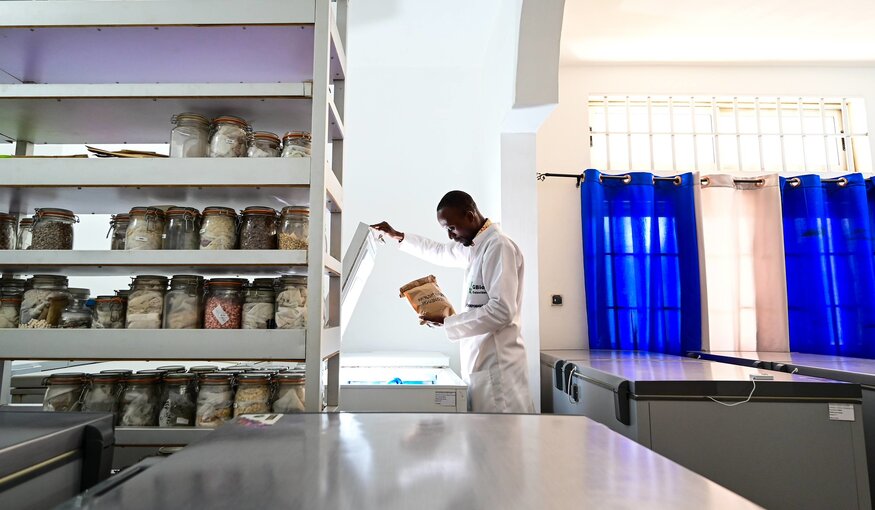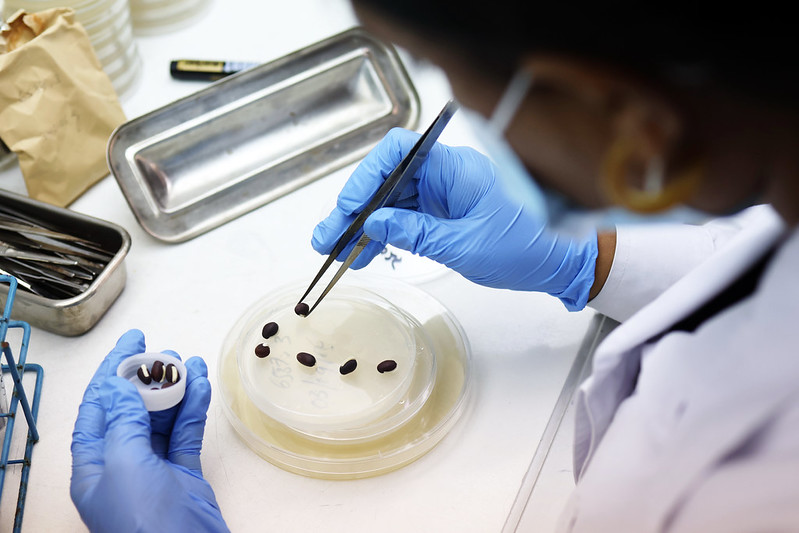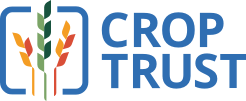Quality at the Heart of Crop Diversity Conservation

21 November 2025
Every seed in a genebank is on a journey.
The journey starts when the seed is collected in the field, continues through various stages of cleaning and drying, takes a bit of a pause in long-term storage, and eventually continues when the seed is sent out to a plant breeder, other researcher, or farmer.
Every step in the journey – collecting, cleaning, drying, labelling, storing, and many others – needs to be taken with care, precision and consistency. Or the seed will get lost – or worse. Ensuring nothing bad happens on the seed’s journey is the job of the genebank’s Quality Management System, or QMS.
A QMS is a structured set of policies and procedures that an organization uses to ensure its services consistently meet defined standards and regulatory requirements.
Thanks to our Endowment Fund and its donors, genebanks around the world are conserving seeds to the highest standards thanks to embracing QMS, decreasing the chance that the world could lose irreplaceable crop diversity and thus the ability to develop more nutritious and resilient crops.

Janny in action at a Genebank Operations and Advanced Learning (GOAL) workshop in Colombia. Photo: Cathy Aguilar/Crop Trust
To better understand how this works, we spoke with Dr Janny van Beem, the Crop Trust’s QMS expert. For more than a decade, Janny has helped genebanks around the world improve the quality of their work. For her, each visit to a partner genebank is a chance to connect with the people behind the seeds and help both on their journey.
Crop Trust: What do we mean by QMS in genebanks?
Janny van Beem: I like to say QMS is the backbone of a genebank. It’s what keeps everything working smoothly. It’s a set of standard operating procedures – SOPs – that guide every activity from how seeds are checked for pests to how data is recorded. Without QMS, it’s easy for mistakes to creep in – a label misplaced, a test skipped. And when we’re talking about unique varieties that might not exist anywhere else, one small mistake can mean losing that diversity forever.

Regeneration – growing new plants to produce fresh seeds – is one of the riskiest steps in conserving crop diversity in a genebank. Photo: Shawn Landersz/CGIAR
Crop Trust: What’s the riskiest step in a seed’s journey?
Janny van Beem: Regeneration – when we grow new plants to produce fresh seeds. It’s one of the most delicate and risky steps, because if it’s not done properly, the genetic identity of the sample can change. QMS sets out clear rules for how it should be done – how far apart to plant each sample, how to control pollination and how to document every step.
It’s not about making life harder for genebank staff; it’s about protecting the original diversity so that what we put in storage today will be exactly the same 100 years from now.
Crop Trust: Seeds spend most of their lives in cold storage. How does QMS make a difference there?
Janny van Beem: Conservation and distribution are where trust is built. We all need these systems to be reliable. QMS ensures that cold rooms and freezers are well maintained, that alarm systems detect temperature changes, and that seed viability is checked regularly. When material is sent out, it guarantees the right seeds are selected, tested, packaged and documented with care. So when a breeder in Nigeria requests seeds from Colombia, they can be confident that they will come quickly, be healthy, and properly labelled and documented.
Crop Trust: What does QMS say about safety duplication?
Janny van Beem: First of all, QMS ensures that samples are actually sent for duplication, but also that they are identical to the originals, and properly labelled, tested and documented. If something were to happen to the original collection, QMS guarantees that there’s a backup and that the backup genebank is an exact copy of the original. That’s our insurance policy for the world’s food crops.

When seeds arrive in a genebank, they are observed, tested, and, if necessary, treated for pests and diseases. This essential step safeguards the health of the genebank’s collection. Photo: Shawn Landersz/CGIAR
Crop Trust: What impact has QMS had in practice?
Janny van Beem: It’s transformative. In international genebanks, QMS helped formalize what used to be informal. It made invisible weaknesses visible – and fixable. Staff have gained clarity about their roles and responsibilities, and users have gained confidence in the seeds they received.
And now we’re seeing the same change in national genebanks.
Take Ecuador, for example. When the national genebank went through a QMS-supported genebank review, they discovered outdated equipment, missing standards and gaps in how their cacao collection, in particular, was handled. Together, we developed an action plan – and within months, they had tackled those issues. Today, their genebank is stronger and more resilient.
That’s the beauty of QMS. It helps genebanks see where they stand, make targeted improvements and keep building on what works.
And this kind of steady, lasting progress is exactly what long-term funding from the Crop Trust’s Endowment Fund is designed to accomplish.
Categories: For Policymakers, BOLD, Data & Information Systems

